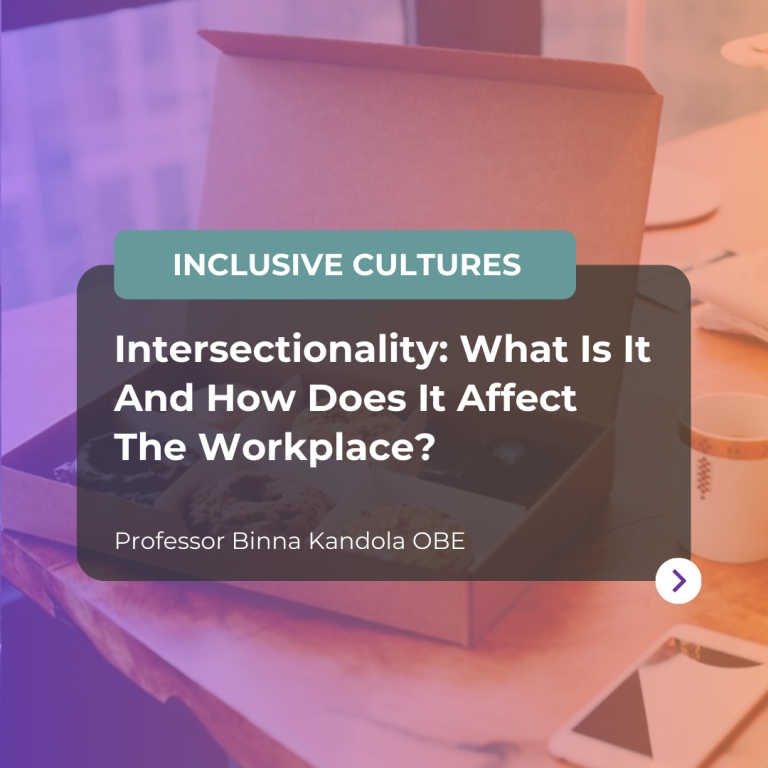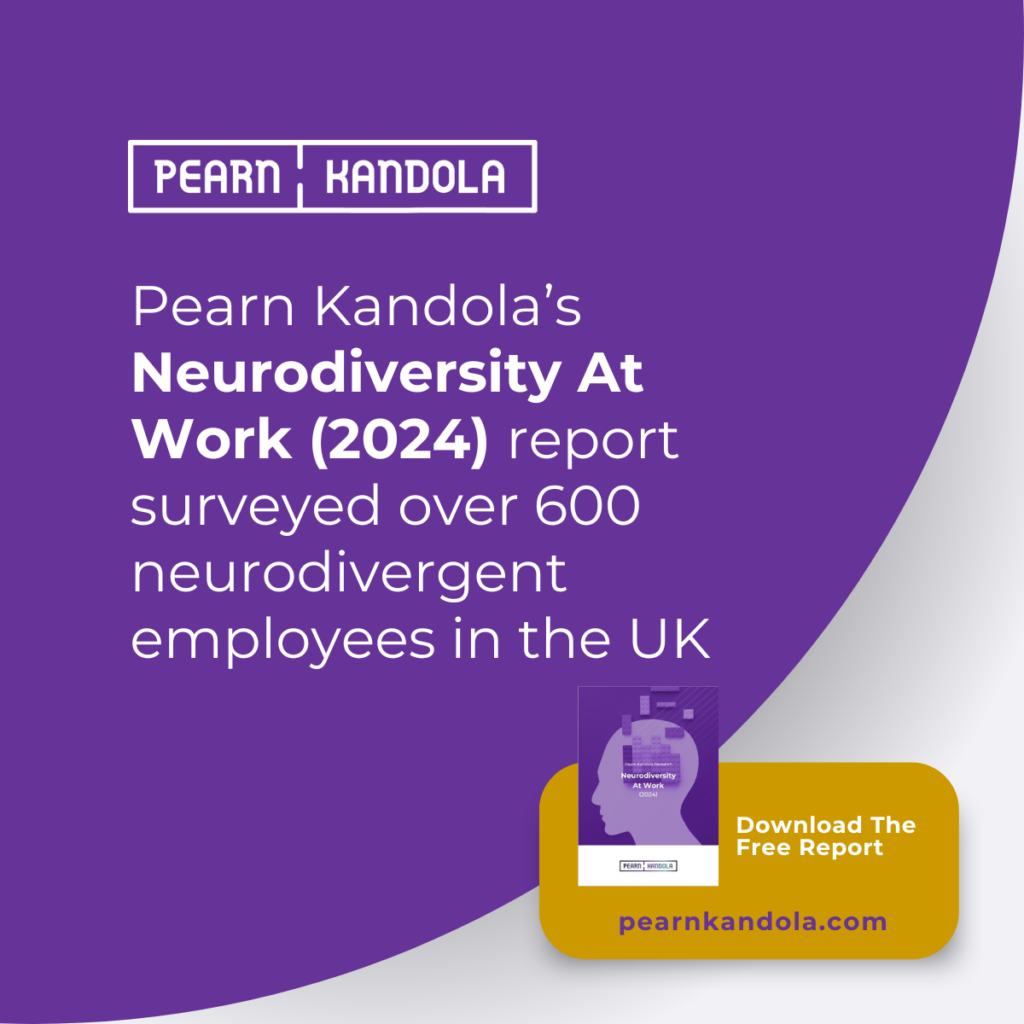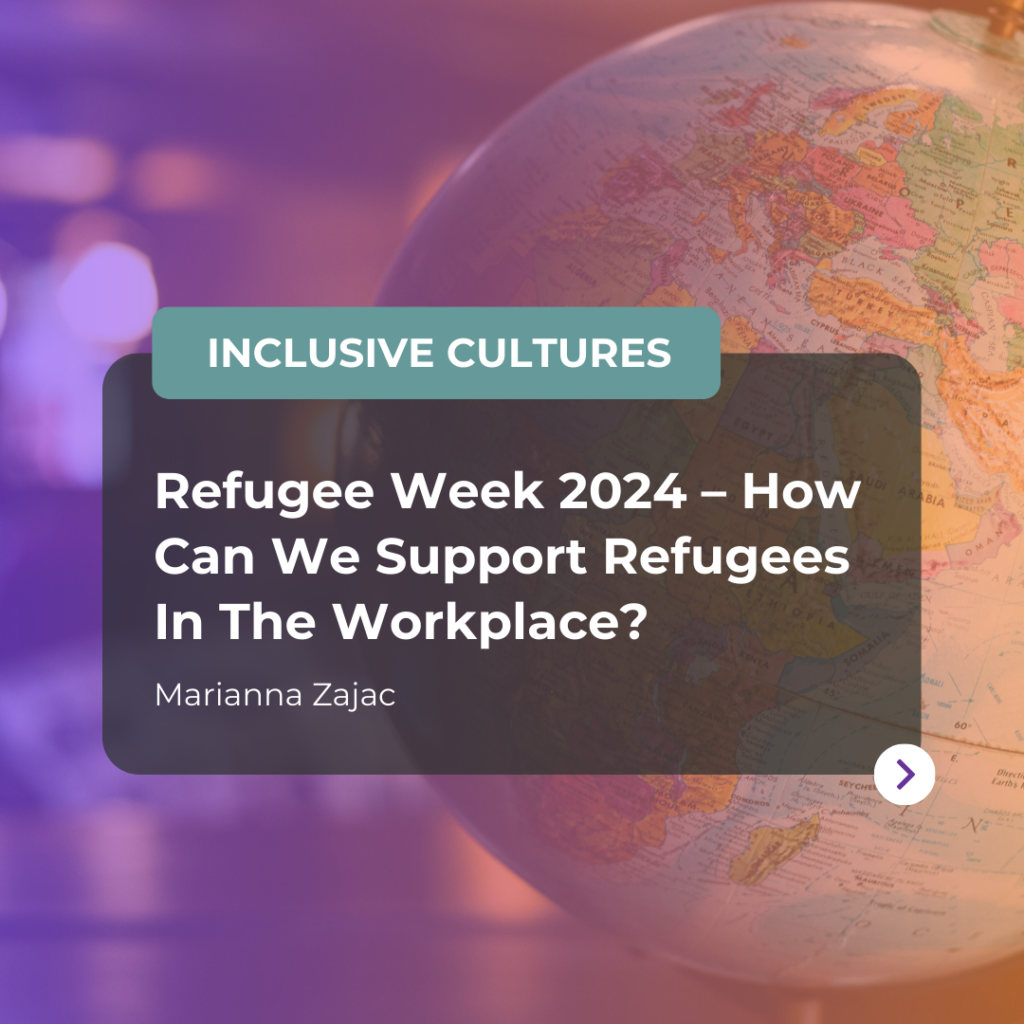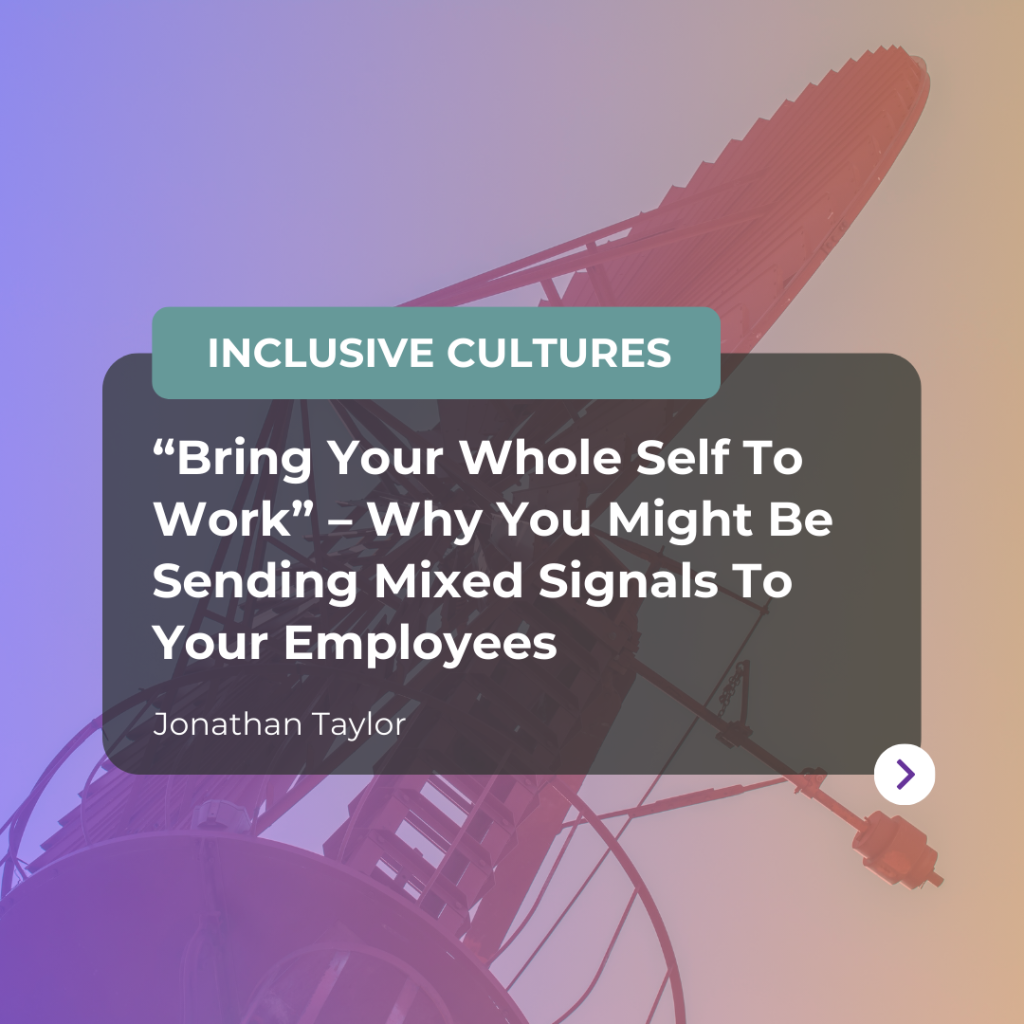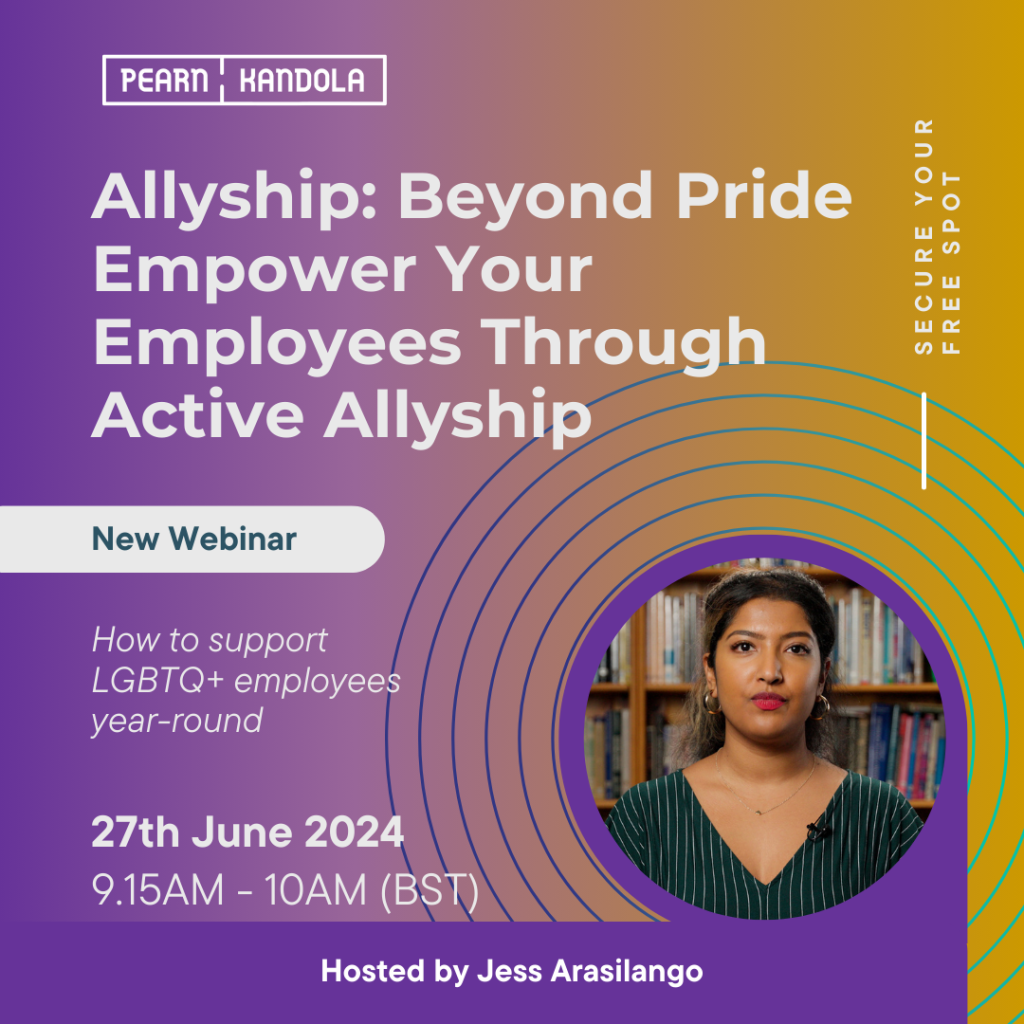Imagine several groups of people drawn as circles or ovals. If the resulting diagram is to be representative of real life, there will be overlaps. No one is ‘just’ black, or female, or Muslim, or disabled. The more distinct groups we recognise, the greater the number of potential overlaps, and in the terminology of set theory, an overlap is called an intersection.
Individual identity
While society has made progress in recognising gender and BAME (Black, Asian and Minority Ethnic) groups in their own respective rights, recognition of intersectionality is still patchy. For example, we tend to assume that racism affects men and women equally, and in the same manner. We also assume that gender discrimination affects white and BAME women in the same way. However, these assumptions overlook the intersection of race and gender.
To fully grasp the concept of intersectionality, it’s important that we consider how dual identities overlap to create unique subsets of stereotypes for men and women from different racial groups. To focus on race and gender is too simplistic. There is a wide spectrum of sub-identities within all groups, so it’s important to take a holistic approach.
We must question how the perceptions of these unique subgroups influence the perceptions, judgements and decisions made about them. Race and gender are not the same, and the ways in which we tackle racism and sexism have to take account of this fact.
The double bind of BAME women
There is a commonly held belief that, owing to their dual minority identities, BAME women will experience double the discrimination that single minority status individuals (such as white women or black men) suffer. This is referred to as the double jeopardy hypothesis, and it treats prejudice as additive; the more minority characteristics a person has, the more discrimination they will encounter.
For example, there is considerable evidence to suggest that BAME women experience more harassment than BAME men or white men and women. Employers have also been found to expect black women to be paid less than white women or married black men, and to penalise black female leaders more severely for mistakes than black male and white female leaders.
The unsettling effects of this dual minority status are far-reaching, with some research showing that black and Latina women earn the lowest wages, have the least authority in the workplace and are employed in more undesirable jobs.
Man to man power struggles
Despite some research suggesting that BAME women face the most discrimination in the workplace, there are some who believe that it is actually black men who encounter the most prejudice, as they are perceived as more of a threat to white men.
This idea is based on social dominance theory, which suggests that power struggles between men and women are seen as less important than those between in-group and out-group men. White men perceive BAME men as more of a threat than BAME women. Therefore, BAME men are punished for displaying agency (that is, a sense of action and purpose) and are rewarded for showing deference.
Black men also face a backlash if they display dominance, because this further threatens the power and status of white men.
Conclusion
The jury might still be out on whether BAME women experience more discrimination than BAME men, but for me, the question is irrelevant. The experiences of BAME men and women, of white and BAME men, and of white and BAME women are not the same. The biggest danger that diversity strategies face is failing to recognise this.
Today, many organisations are building their diversity strategies around gender. It makes sense in many ways; there is considerable gender bias in organisations, which manifests in both blatant and subtle forms. However, ignoring race, or not placing any emphasis on it, means that workplace gender strategies will be focused entirely on white women.
Gender strategies must also recognise the discrimination that men face, taking account of the particular difficulties that BAME men face in terms of how they are perceived, stereotyped and discriminated against.
To put it more bluntly, to ignore the impact of intersectionality is a clear manifestation of modern racism.
This article is part of our series about Racism at Work: The Danger of Indifference. If you would like to purchase a copy, go to Amazon.
